How is it possible for a person to live for nearly forty years without eating, drinking, or sleeping? Humanly speaking, it is not. But the Creator of human nature is not limited by human constraints.
He sustains all things by His grace and chooses certain unique individuals throughout history to be living signs of His ongoing desire to save all souls. They are called stigmatists, which means they bore the wounds of Christ (Latin: stigmata) in their flesh.
A Sign to Hitler
 Therese Neumann was one such living sign. She was a miracle of grace who never left her little village of Konnersreuth in Bavaria, the southeastern section of Germany.
Therese Neumann was one such living sign. She was a miracle of grace who never left her little village of Konnersreuth in Bavaria, the southeastern section of Germany.
She did not eat or drink (and only rarely slept) for her entire adult life. She lived solely on the Eucharist, which she received each day in the little parish church that stood across the street from her house in the village.
Hitler, it is said, hated the very thought of her. She must have been too much truth and light for his dark soul, as we’ll see.
The Stigmata
The Church has always proclaimed the Cross of Christ as the mystical center of everything that exists. It is the purification of the sins of all mankind, and the force ofgrace that conquers all evil.
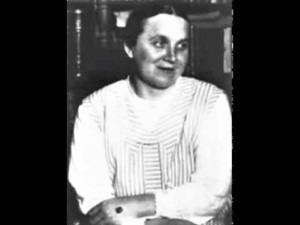 The Cross is easy to find, though not easy to embrace. Perhaps that is why God, from time to time, chooses certain human beings to share His Cross in an intense and mystical way to help us see its meaning and fruitfulness.
The Cross is easy to find, though not easy to embrace. Perhaps that is why God, from time to time, chooses certain human beings to share His Cross in an intense and mystical way to help us see its meaning and fruitfulness.
Stigmatists have a totally unique vocation in the Church, one that is shared by only a handful of saintly people.
Some think that St. Paul was a stigmatist because he spoke of bearing the “brand marks of Christ” in his very flesh (Gal 6:17). We know for certain that St. Francis of Assisi received the Stigmata, as well as St. Catherine of Siena, St. Rita of Cascia, St. Gemma Galgani, to mention only a couple of the canonized saints. Padre Pio, of course, is the most famous stigmatist and a witness of faith to our faithless age.
Brother Michael Freze, in his fascinating book, They Bore the Wounds of Christ, calls such people “living crucifixes” for their direct and mystical participation in Christ’s Passion. They seem to be God’s way of saying to the world, “If you miss this, you miss everything.”
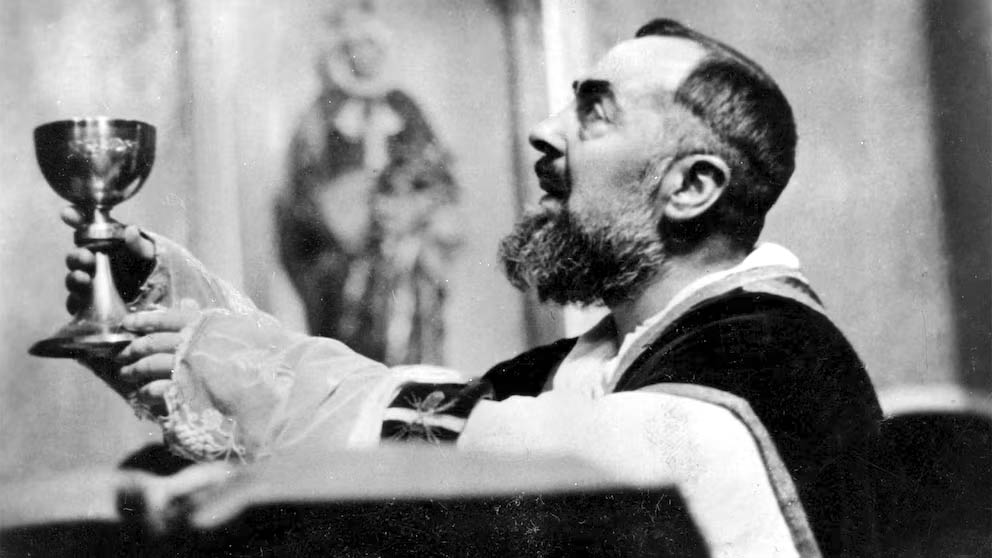
A Mystical Calling
As if God wished to emphasize a certain point about her vocation, Therese was born on Good Friday of 1898. She was the oldest of eleven children of a fervent Catholic family, and as a young woman, she had great aspirations to be a missionary in Africa. God, however, had other plans for her life. Suffering was to be her calling.
In 1926, however, at the age of 28, she was marked with the wounds of Christ when she went into a mystical state (an ecstasy) on Holy Thursday night and began to 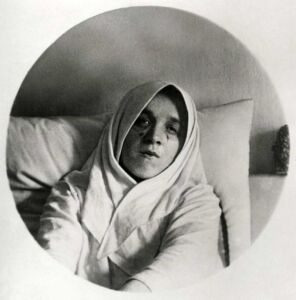 experience the very effects of the suffering of Christ as if she were a participant in the original event of His Passion.
experience the very effects of the suffering of Christ as if she were a participant in the original event of His Passion.
Eyewitness accounts of this experience describe her as suffering physically, bleeding from all her wounds, and responding in real time to the events of the Passion of Christ that she was “seeing” mystically in her trance.
She remained in this state for the whole night and into the next day. The ecstasy ended as the Church celebrated the Good Friday liturgy. This is nothing short of amazing.
This pattern of mystical immersion in the Good Friday Passion scene occurred in exactly the same way every year for the next thirty-six years. Other ecstasies occurred on approximately thirty-five Fridays each year for her entire lifetime.
The Wounds
Regarding her wounds: these were not just superficial or decorative marks of Christ’s crucifixion. They were real wounds, that is, physical piercings and injuries. The Church conducted numerous investigations on them and determined that they were not psychosomatic and were certainly not self-inflicted.
As a matter of fact, she once had to spend a full week with a community of nuns watching her 24 hours a day to make sure she wasn’t causing her own wounds or sneaking food when no one was looking. Imagine! That’s what you call a spiritual test.
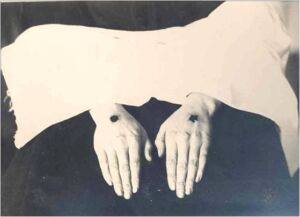 In other words, the wounds had no natural origin. The catalogue of the wounds of this German peasant girl reads like the Good Friday narrative itself. These included:
In other words, the wounds had no natural origin. The catalogue of the wounds of this German peasant girl reads like the Good Friday narrative itself. These included:
- Two piercing wounds through the hands, and two through the feet; A large wound in the heart that bled from her side;
- Eight or nine crown of thorns wounds; the shoulder wound; wounds on both knees; and
- About thirty scourge marks.
In all, her body exhibited at least forty-five distinguishable marks of the Passion – which she bore for nearly forty years. All of her wounds bled, and all of them were painful. While the ecstasies came and went during the year, the wounds were permanently with her and remained on her body when she died.
A Sacred Window Into The Passion
During her ecstasies she would often describe what she was viewing, which included vivid descriptions of architecture and clothing, mannerisms, human 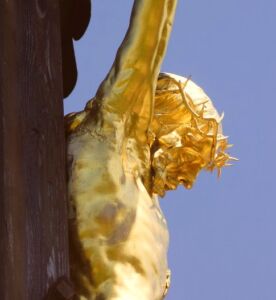 relationships at the time of Jesus as well as the intense sufferings of the Savior.
relationships at the time of Jesus as well as the intense sufferings of the Savior.
She even spoke unknown languages, including phrases in Jesus’ native language, Aramaic, which a scholar of the language claimed were both accurate and exhibited an ancient dialect of it that was unusual even to experts.
It is hard to believe that one person could be so united to Christ and His Passion. At the same time, every account of her personality indicated that she was a deeply virtuous, charitable, well-balanced person with a serene, often smiling face and a childlike purity despite her painful mystical experiences.
A Gift For Others
Every element of Therese Neumann’s mystical experiences was a message for the spiritual edification of others. I’m sure this is why more than ten thousand American servicemen flocked to Konnersreuth after the war ended.
This is living history for my own family. My dad had a family friend who was stationed in Germany and actually met Therese personally. He came home to tell the story. A few of her other mystical experiences had a remarkably edifying effect on souls:
- Mystical Visions: She had vivid visions of biblical events, even when not in her ecstasies. As with many other mystics of the Church, her visions oftentimes spoke about hidden details not revealed in Scripture.
- Discernment: She could recognize an authentic relic just by touching it, particularly relics of the True Cross which, when placed near her wounds, caused her to feel deep pain.
- Odor of Sanctity: People around her experienced this mystical gift as a perfumed aroma that emanated from her at all times.
- Mystical Piety: Even in periods of blindness, she could recognize whether a man was a priest simply by touching one of his hands, which held the sacred Host.
- Prophecy: She often predicted the outcome of events and warned people about immanent happenings, such as her journalist friend whom she informed about a Nazi search of his property the day before it happened.
- Mystical Knowledge: She often answered theological questions while in a mystical state, and priests testified that all the answers of this minimally-educated woman were doctrinally correct and extremely perceptive.
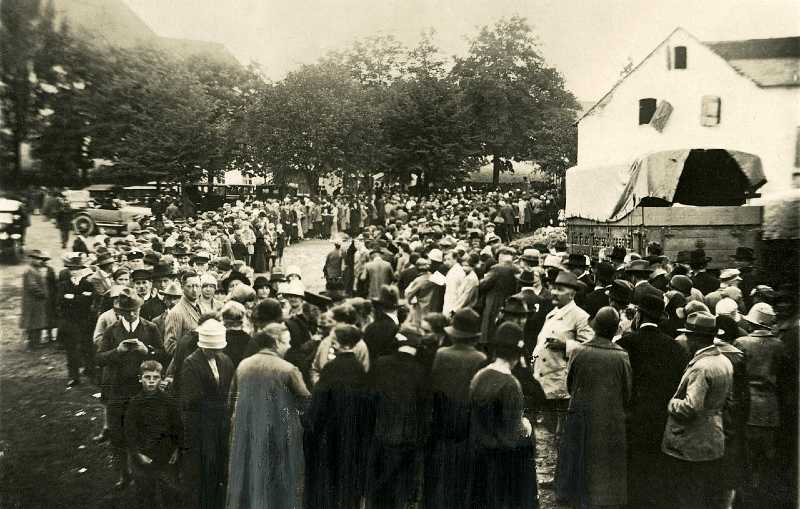
Crowds that came to see Therese during her ecstasies
Redemptive Suffering
Therese often heard about the illnesses and sufferings of others and asked God to let her take on their sufferings. When she did so, the people whose sufferings she adopted were always cured.
This is called “vicarious” suffering, which means suffering in place of others, and I don’t recommend it as a spiritual practice! Keep in mind that one must be called to this type of heroism, which fit Therese Neumann’s vocation to suffering, but is to be considered an extraordinary grace, even in charitable souls.
The rest of us offer our daily sufferings in union with the suffering of Christ and God makes those prayers and sacrifices fruitful in His own time and way.
Therese also practiced “expiatory” or vicarious suffering, which is suffering on behalf of others for the sake of their sins. When Therese offered her suffering for sinners, she obtained many conversions.
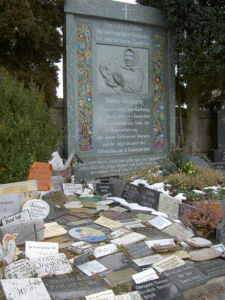 A militant atheist from Austria, for example, came to see her one day with the intention of mocking her suffering and exposing it as a hoax. Even waiting in the line to see her, he boasted openly, “Godless have I lived, godless will I die.”
A militant atheist from Austria, for example, came to see her one day with the intention of mocking her suffering and exposing it as a hoax. Even waiting in the line to see her, he boasted openly, “Godless have I lived, godless will I die.”
On visiting Therese, however, his hardness of heart melted away, and he was converted in heart and soul almost immediately. He died several days later after going to Confession and receiving Last Rites. Wow!
This is just one of many stories of conversions that God granted by His grace through the expiatory sacrifice of Therese. A stigmatist shows that suffering, often difficult for us to accept, is actually a pathway to redemption for ourselves and others
Hitler’s Bane
I wasn’t kidding with when I said that Hitler hated Therese Neumann, but it’s more accurate to say that the whole Nazi regime hated her. She represented the antithesis of the diabolical ideology and occult practices that fueled their destructive agenda.
Without the slightest involvement in politics, she was one of the greatest inspirations behind the German Catholic opposition to Hitler, particularly among members of the Catholic press and clergy.
At first, the Nazis tried to defame and ridicule her through a coordinated propaganda campaign. She did nothing to advertise her afflictions, but her visible union with Christ was known to all and the regime’s slander had no effect whatsoever.

The Neumann Family Home Today
When that didn’t work, they claimed—falsely—that she was an ardent supporter of Der Führer, although it was well known that when once handed a postcard with Hitler’s picture on it, she threw it to the ground as if it were a hot coal with the words, “Smoke and fire of hell!”
When all of that didn’t work, the evil regime resorted to violence—sound familiar? The Nazis tried numerous times to arrest and kill her, but she was always protected by the villagers, and by God. It was really the power of Christ’s Cross they feared, which was so openly manifest in a simple peasant like Therese Neumann.
Finally, in 1945, just five days before the Second World War ended, German Panzer tanks ravaged little Konnersreuth, destroying a good portion of the structures in the village.
But we know how that story ended. Hitler killed himself just days after that episode. And Hitler’s Bane lived for another twenty spiritually-fruitful years witnessing to the redemption and guiding souls to Christ.
———-
[Note: This article is a reproduction of the Sacred Windows Email Newsletter of 10/05/25. Please visit our Newsletter Archives.]
Picture Credits: Feature Picture via Pixabay; all others vie Wikimedia: Map of Germany (Wikimedia Maps); Votives (Walter J. Pilsak); Therese Sitting (Ferdinand Neumann); House today (Tilman2007); Stigmata hand wounds (seidl); Public Domain Images: Crowds; Therese with head covering; Padre Pio.
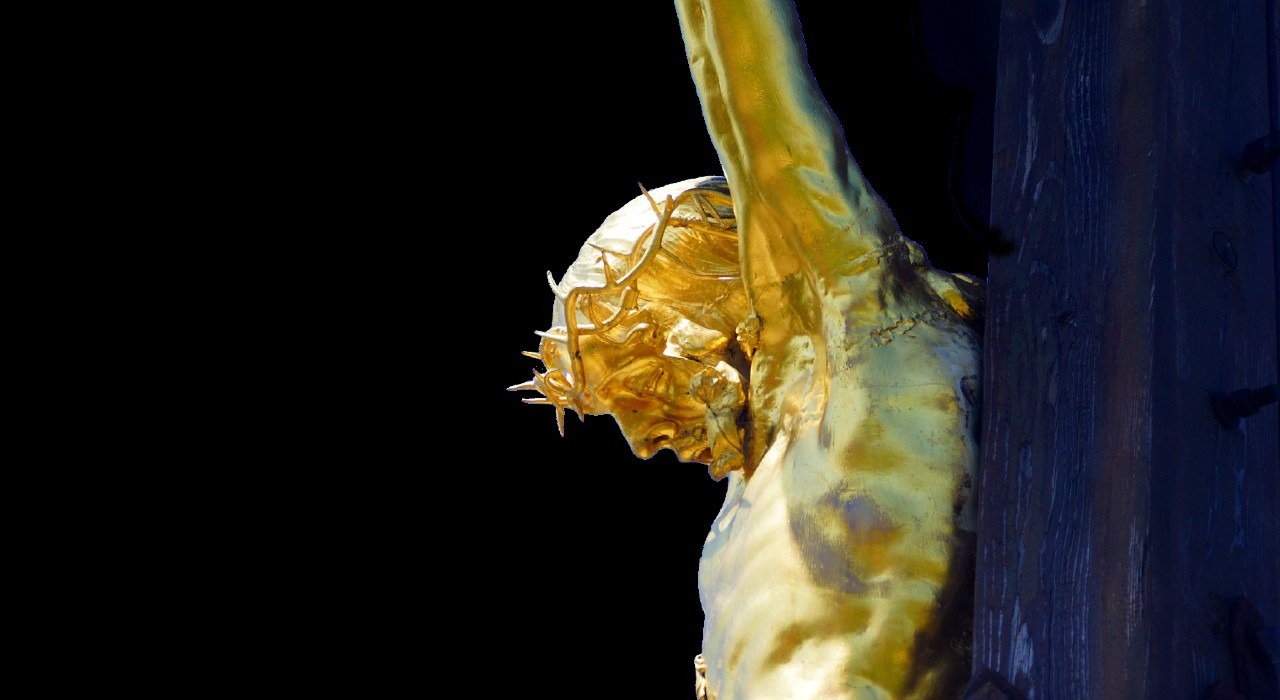

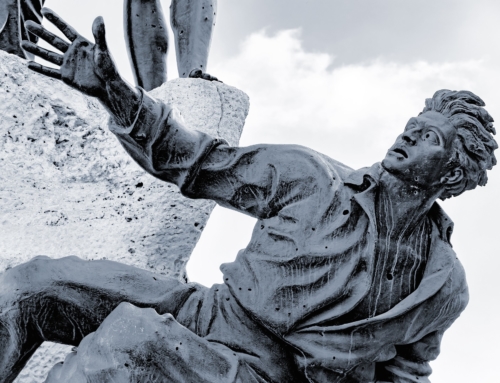

Leave A Comment